

Team Tecovas: Jon, what do you see in your mind’s eye when you think about “the west”?
JF: I see cowboys; strong, rugged, gritty individuals in weathered straw cowboy hats. Big Bend, Terlingua, cactus, cattle, abandoned houses, and buildings. I see ranchers, oilmen, pump jacks, small towns, and wide open spaces. Rodeos, dusty roads, old pickup trucks, cow skulls and rusted beer cans in the desert. I see the west through a dusty filter of muted earth tones and all the colors in my work reflect that.
TT: I’ve heard you talk about your grandparent’s homestead, tell us about that place and what it means to you today?
JF: My earliest and fondest memories are of my grandparent’s farm and ranch in southeast Kansas. It was a magical place for a little guy; 2000 acres of cattle, crops, tanks, barbed wire, cactus, cedars, gravel roads, old houses, tractors, pickup trucks, and barns. Night time was special, too. I could see every star, smell every smell from the grassy land. I could hear the train in the distance as it made its way through Altoona, the town to the east, and the coyotes and the owls. The old ranch house sat on a hill and the room where I slept was actually a closed in porch that overlooked the fields where my grandpa grew corn. I remember looking out over the field and imagining what this place was like a 100 or more years ago and what my ancestors experienced on this land. During the day, I would roam the fields and play in the old rusted trucks and tractors in the “boneyard” (the place to the west of the old house where all the worn out farm equipment was placed to rest). When I was old enough to drive, I would head into the nearby town of Fredonia and drive the streets around the square snapping photos and looking for inspiration. All of this and much more affected me deeply, and to this day I have a very strong connection to the land and the working man. We moved to Texas in 1967 and I’ve been in love with it ever since.
TT: You see another kid drawing jet airplanes and that sparked something in you that’s never gone away. Tell us about that.
JF: I was five years old. We lived in Wichita, Kansas at the time. It was Sunday morning and in my little Sunday School class sat a kid next to me who could draw cool jet airplanes. I was fascinated by it and have been trying to draw cool jet airplanes ever since. Something about that moment has remained with me to this day. It sparked something creative in me that has never gone away.
TT: So, you’re a curious young man with artistic thoughts and dreams, where did that lead you career-wise?
JF: I was an average student in high school, but I loved sports and I loved drawing. I played football all the way through high school, but knew that would come to an end with my senior year. Art was something I could pursue indefinitely. I went to Southwest Texas State (Texas State) and studied design, advertising, and illustration. Oddly, I never took any fine art classes. After college, I came back to Dallas and went to work for Sullivan Perkins, a design studio that specialized in branding. I worked there for eight years learning everything I could about the business and in 1993, I opened my own design studio. My first client was Neiman Marcus. I also worked with American Airlines, Sony, FedEx, HP and many more. I did this for 25 years.
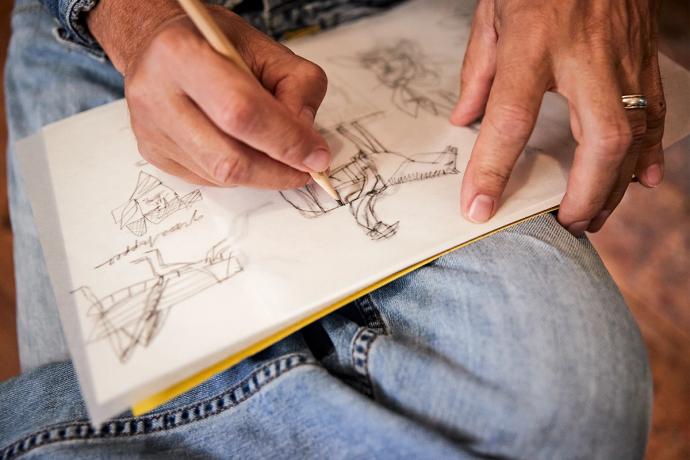

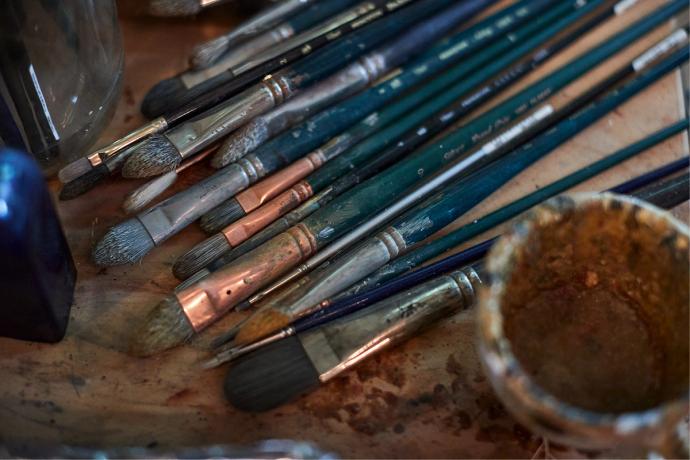
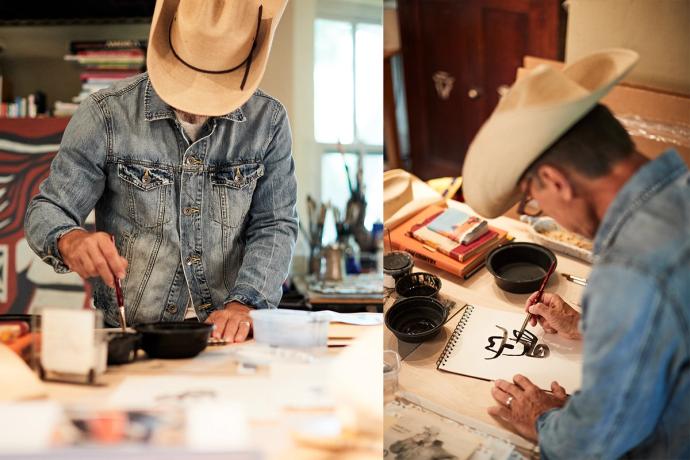
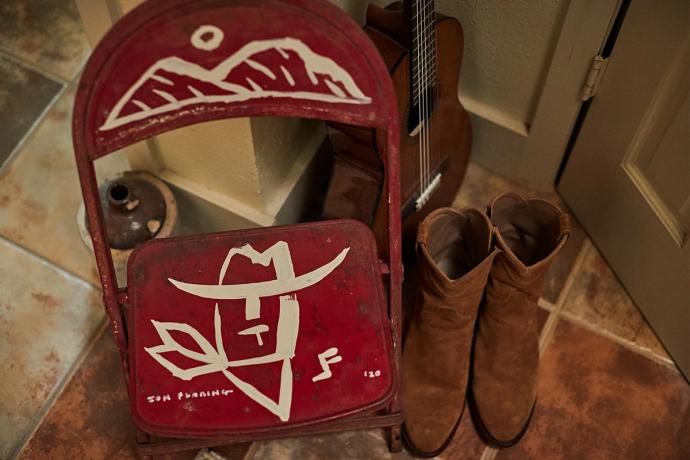
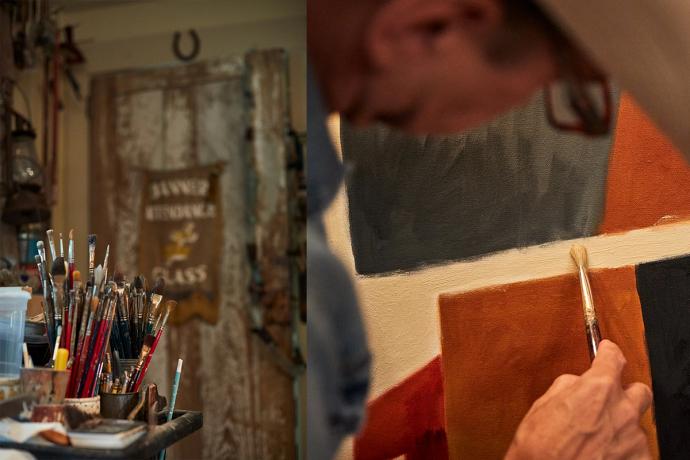
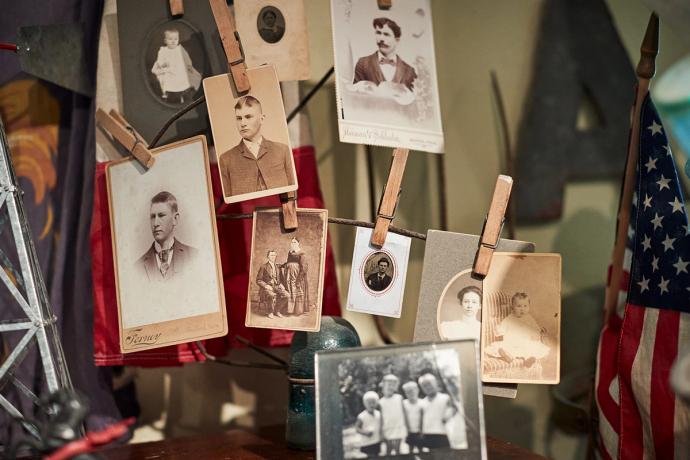
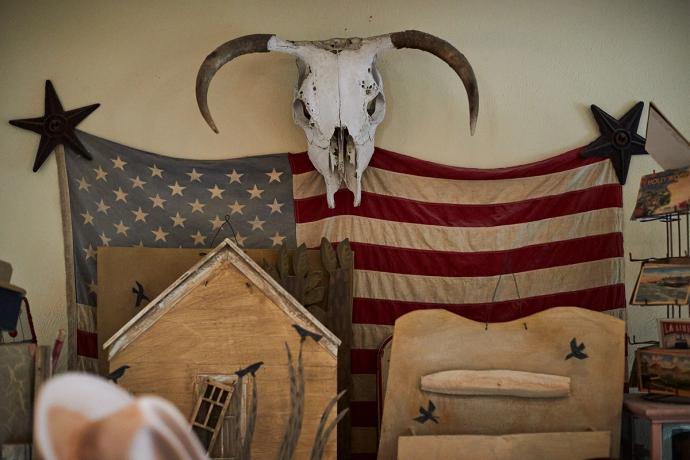
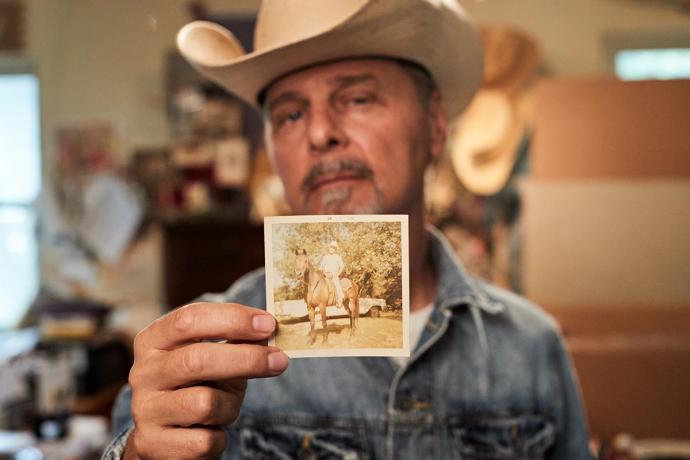
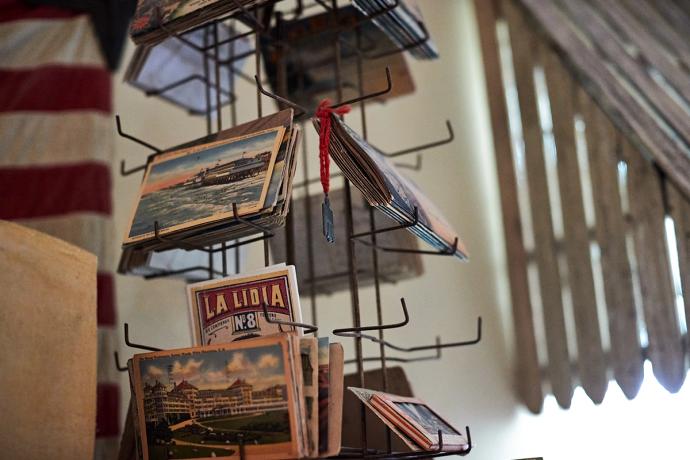
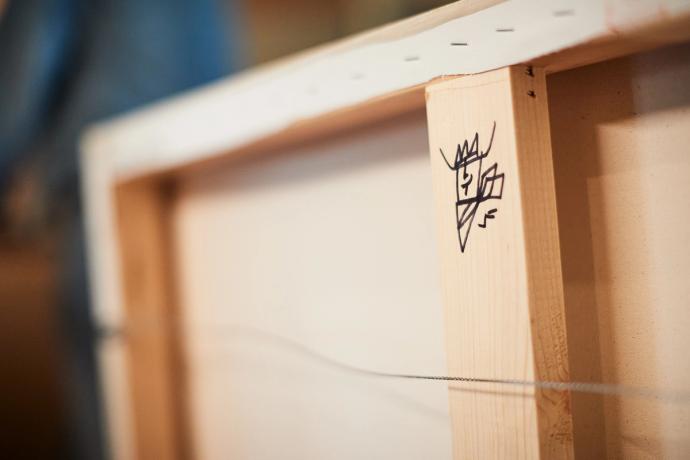
TT: Commercial art by day and then late at night, you’re busy “making” things in the garage. What were you making and more importantly, what were you chasing with these personal projects?
JF: In the beginning, I was making sculpture pieces or “constructions” from found materials. I had my first gallery show at David Dike Fine Art in 1996. It was a big success. I continued to build, but I also painted. My subjects were small town Texas, blue collar workers, abandoned houses and filling stations. Traveling the Texas backroads has been something I’ve loved to do since I was able to drive. The beaten path has never interested me. Getting from point A to point B as fast as possible is boring and normal. Let me get lost on an old country road or in some small forgotten town and I’m free and inspired. I was and still am chasing something that is more permanent - something that will outlast me. Commercial art always somehow seemed very disposable to me. Fine art on the other hand has a special place in a collectors home or on a museum wall - not in the trash can when I’m finished reading the magazine. Don’t get me wrong, design and illustration were very good to me and helped me provide a great living for our family. I owe a lot to this disposable artform!
TT: At some point, you decide you’re going to hang up your commercial graphic design hat and put on a fine artist hat. Was that easy? Scary? Was failure an option?
JF: New beginnings are always scary. Change and transition carry with them the element of risk. Fortunately, I had been subtly and intentionally moving toward this for many years. I learned the value of working hard from my parents and this has served me really well as I’ve pursued my passions. I am very thankful to have a wife and family who have supported me all along. By the time I burned the design ships, I already had several galleries representing my work, numerous museums with my art in their permanent collections and a very solid collector base. Once I was able to devote 100% of my time to fine art, I saw my art blow up in a good way with some helpful coverage from folks like Texas Monthly. I was encouraged and inspired to push harder and take more risks. A few years ago, I came up with the Modern Cowboy idea. It is a reimagining of the western art genre. I am taking my many influences and distilling them down to simple, graphic, bold images of all things western. As far as failure is concerned, I’ve given myself permission to fail for it is by failing that I continue to learn what does and doesn’t work and how to get better. Every time I face down a blank canvas, there’s an opportunity to fail. Doing the work is what matters. Perseverance is key.
Someone once said that inspiration exists, but it must find you working. I believe that. I have a saying, I’m not looking forward to tomorrow, I’m looking forward to right now. By getting up every morning and doing the work, I’ve been successful. By the way, I believe success is a mess. It is not tidy and neatly stacked in perfect little rows. It is organized chaos, a blend of right and left brain thinking with an added measure of “luck” that can only come about as a result of hard work. I like to say, Don’t save your energy for tomorrow, it may never come. I want to go out, worn out. I also say, the man who wants to get his day started on the right foot, gets his day started on his knees. It is very important for me to spend at least an hour every morning meditating, praying, being grateful, thankful. God reminds me of who and what is really important in this life. Keeping all things in perspective is critical for me each day because I can easily lose sight of it if I don’t slow down enough each morning to recognize it and be reminded of it. This helps give meaning and purpose to my work.

TT: So, this is probably the loudest question of the day. Why do you keep going back to “The West” for inspiration?
JF: As a kid, I loved watching the old black and white western shows like Fury, Rifleman, The Lone Ranger. I loved pretending that I was a cowboy and played “cowboys & indians” with my friends in the yard and in the woods behind our house. I keep coming back to the west because it keeps coming back to me. There is something romantic, mysterious and dangerous about the west that folks around the world have been fascinated with for centuries. I continue to be fascinated by it because in the west, anything is possible.
From the early days of spending time on my grandpa's ranch to a suburban kid watching westerns and playing pretend to numerous trips to Big Bend, Terlingua and other remote places in Texas - the west has burrowed itself deep into my being and has become an integral part of who I am and how I express myself.
TT: One of the things we believe at Tecovas is that you can keep traditions alive by being willing to look at them in new ways. There is no shortage of western inspired art in the world, yet, you’re doing something different. Why was that important to you and how do you describe your art? Western Pop Art?
JF: My most recent series is called “Modern Cowboy.” From the early Texas modernists like Everett Spruce and William Lester, to the european masters like Cezanne, Matisse, Picasso to Stuart Davis and Marsden Hartley to designers like Paul Rand and Saul Bass, my influences are many. My style calls to mind primitive, outsider, folk, modern, contemporary and naive. My goal with Modern Cowboy is to re-imagine the western art genre in order to meld my influences and push the boundaries of what traditionalists say is acceptable in western art. My heroes of the genre are Remington, Russell, Dixon, Dunton and others. Their work is wonderful and I stand squarely on their shoulders, but I have no desire to copy their work or follow in their footsteps, that beautiful horse has already been ridden. I want to ride a fresh horse and blaze my own trail. I am creating large canvases with larger than life characters that speak of a state that is big and bold. I say, enough with the ordinary, on with the heroic.
As a kid, I loved to play make believe. I could be anybody I wanted - a pilot, a fireman, an astronaut. I’m still doing that. Currently, I’m a cowboy.
TT: There’s a mom or dad reading this and they have a kid trying to draw jet airplanes. What words of wisdom can you offer them?
JF: Be sensitive and intentional with your children. Steer them toward their strengths and resist the temptation to force them into preconceived ideas of what a person should be or do. All of our children are creative in one form or another. From an early age, we encouraged them in this. Most of them did not follow a traditional education path. One went to a musical conservatory in NYC. One went to a music school in OKC. And one went to Dallas Baptist University.
My parents encouraged me as they saw my art start to take shape. My dad built me a drafting table and my mom bought me a pleinair easel. We did the same thing with our kids. We were their advocate and supported them in their passions and dreams. We are still doing that.
Also, be a great listener and observer. One of the most important things I did with our children was to take each of them on a “date” every month. It was this special one on one time where I could really listen to their heart and hear what was making them happy and what they were struggling with. It was also a great time to verbally praise them and encourage them in their area of giftedness. “Gracious words are a honeycomb - sweet to the soul and healing to the bones.” That Proverb is one that has benefited my wife and myself as we raised our kids and spurred them on in their specific areas of talent.
Amen to that. And thank you, Jon.

Credits
Photos by
Scott Slusher
Words by
Team Tecovas and Jon Flaming